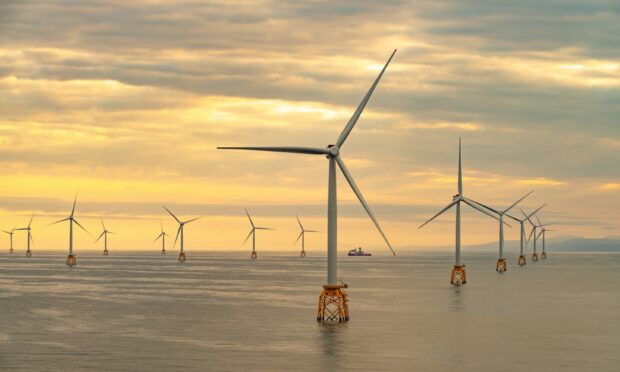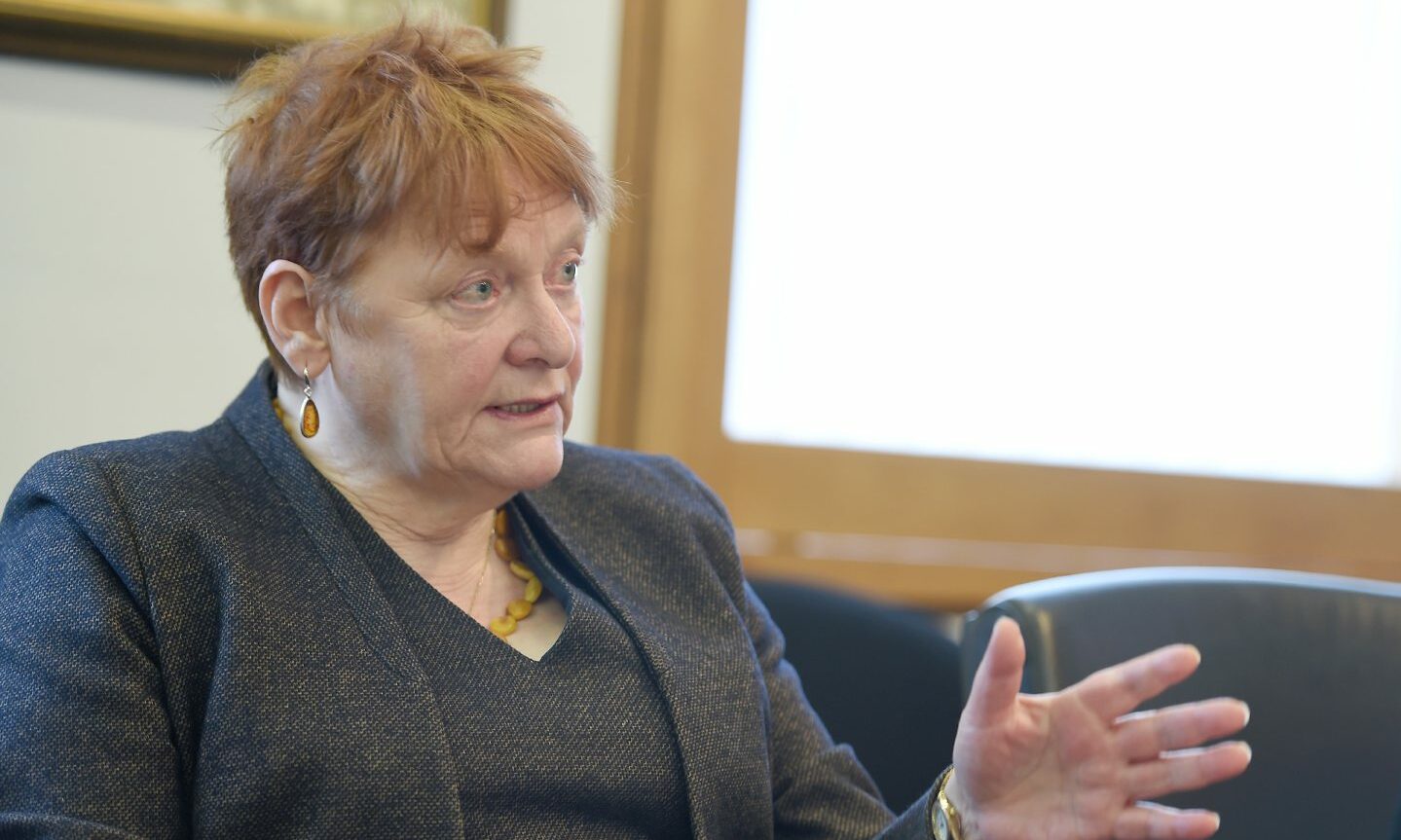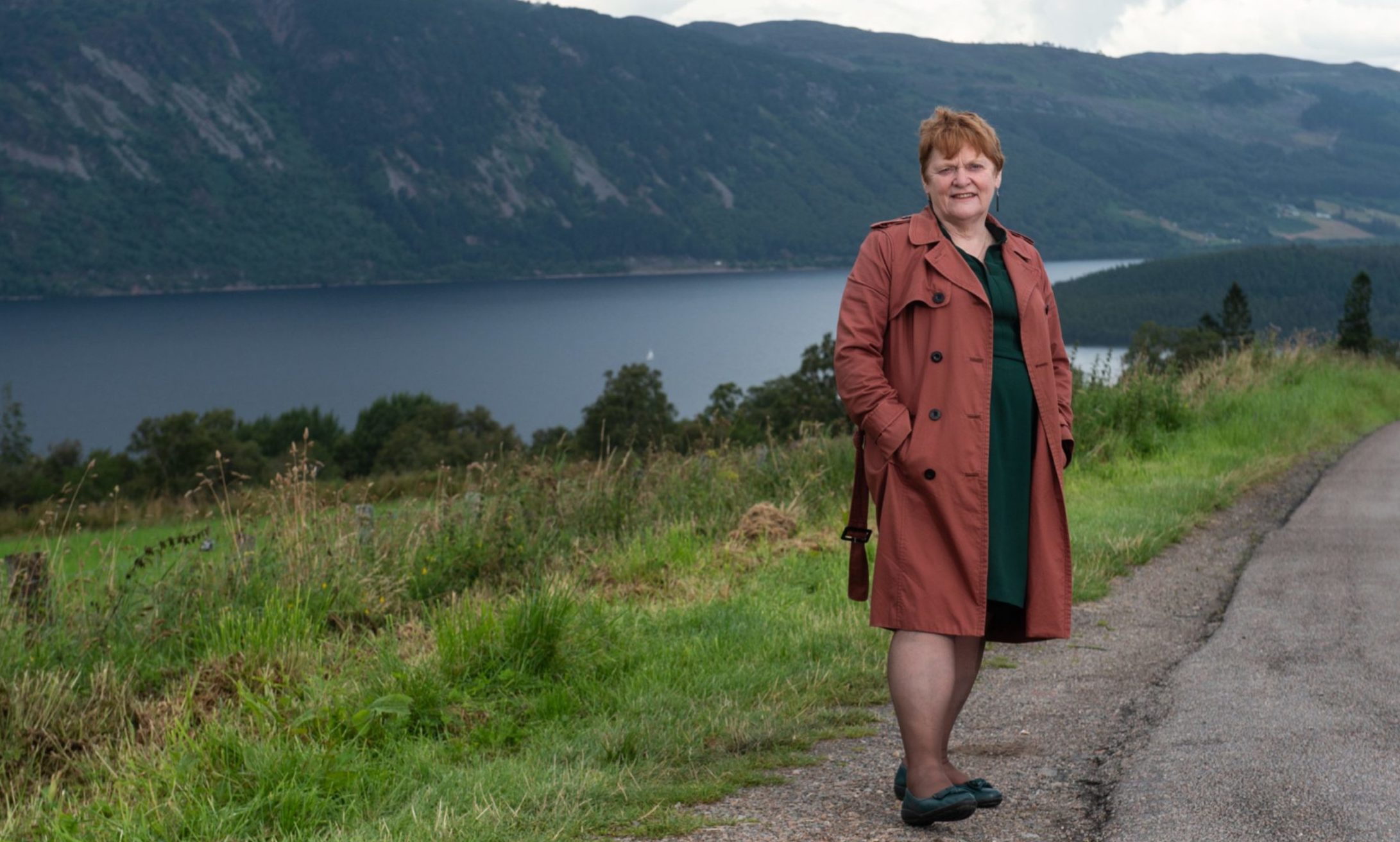Today marked day two of the 2021 Highland Climate Change Conference, billed as the most important and impactful conference to date.
The conference is timely, bringing together delegates from across Highland, barely a fortnight before COP26 will unite world leaders in Glasgow.
Opening the conference on Thursday, council leader Margaret Davidson said: “We cannot afford it to be another false dawn.”
‘Now is an opportunity to do things differently’
Mrs Davidson’s keynote speech reflected on why the post-pandemic world will not – and should not – return to business as usual. Now is an opportunity to do things differently.
Speaking on a personal level, Mrs Davidson said she observed “a summer with scarcely a house martin or swallow in sight” and that everyone will have noted little changes to the earth from their own day-to-day lives.
Mrs Davidson said the catastrophic climate events of 2021 were unequivocally caused by human activity.
Highland Council declared a climate and ecological emergency two years ago, and Mrs Davidson asserts that, “There is no viable route to net zero in Scotland without an enormous contribution from Highland.”
So, what can Highland really do to drive ecological change? You might be surprised.
Here are six key developments that could deliver a greener future.
1. Offshore energy
Scotland is home to 25% of Europe’s offshore wind resource, and Highland accounts for the lion’s share of wind farms.
Beatrice is Scotland’s second largest offshore windfarm, with 84 turbines capable of powering close to half a million homes. Meanwhile, consultation is underway for what would be the world’s largest floating windfarm off the coast of north west Caithness.
In the emerging sector of tidal energy, the SIMEC Atlantis MeyGen project is the world’s largest tidal stream array. In July this year, it exported 37GWh of clean power to the grid, breaking every tidal energy record going.
Back onshore, Highland hosts numerous windfarms, as can be viewed on the council’s interactive wind turbine map.
2. Hydro schemes
A post-war boom delivered 54 hydro power stations and 78 dams in Highland by 1965.
As at 2017, the total installed capacity of Highland’s larger schemes is 460MW. These schemes are reported to produce an average 1.5 billion kWh per year – enough to power around 380,000 homes.
Next spring will see the delivery of Highland’s newest hydro scheme, on the River Ness.
The 93kW hydroelectric twin turbine will supply half of the electricity needed to run nearby Inverness Leisure Centre.
3. Developing the hydrogen economy
Hydrogen is emerging as a replacement for the fossil fuels that currently provide four fifths of the world’s energy supply.
Unlike fossil fuels, hydrogen is a high-energy, clean-burning gas. The gas can be stored, liquefied and transported by pipelines, trucks, ships or trains, where it can be used to make fertiliser, fuel vehicles, heat homes, generate electricity and drive heavy industry.
Highland Council has thrown its weight behind plans mooted by Opportunity Cromarty Firth to create a green hydrogen hub in the area, which could be operational by 2023.
The council is also looking at electrifying its entire fleet and moving its HGVs to hydrogen power.
4. Waste to power
The council’s capital programme includes a £2.8m project to transform waste into power.
Local authorities are legally obliged to find a long-term solution for their waste. Highland produces 80,000 tonnes of waste each year that can’t be sent to landfill after 2025.
This flagship £2.8m investment will create a green energy hub at the Longman landfill site in Inverness.
Under the plans, waste will be used to generate electricity for the council, the grid and private businesses.
5. Protection for world class carbon sink
Stretching across north west Caithness and Sutherland, the Flow Country is the most intact and extensive blanket bog system in the world. It’s one of the last wild habitats in Europe, home to a huge range of rare plants, insects and birds.
It also acts as a carbon sink. Its peat bogs store around 400 million tonnes of carbon – that’s 100 years’ worth of the country’s emissions from burning fossil fuels.
The Flow Country is seeking special protection and recognition through a World Heritage Site bid, and has been selected as the UK’s official candidate site.
6. A greener future through partnerships
The Future Highlands plan was approved by councillors last month, and sets out a vision to deliver health and prosperity through partnership working. For instance, council can collaborate with NHS Highland to create smart, adapatable, green homes for people being discharged from hospital.
More home working also means less requirement for office space across the public sector, and the council will work with partners to share existing ageing buildings and to jointly invest in new, energy-efficient offices.
And with one third of Highland residents living in fuel poverty, the proposed green energy hub has the potential to deliver cheap, green fuel for local communities.
Mrs Davidson is buoyant despite the scale of the challenges ahead.
“Highland is the renewable energy powerhouse for the UK,” she told conference.
“We are moving in the right direction and we must keep positive.
“This will take time, it will take finance and it will take commitment. We will bring all those things to the table here in Highland.”


